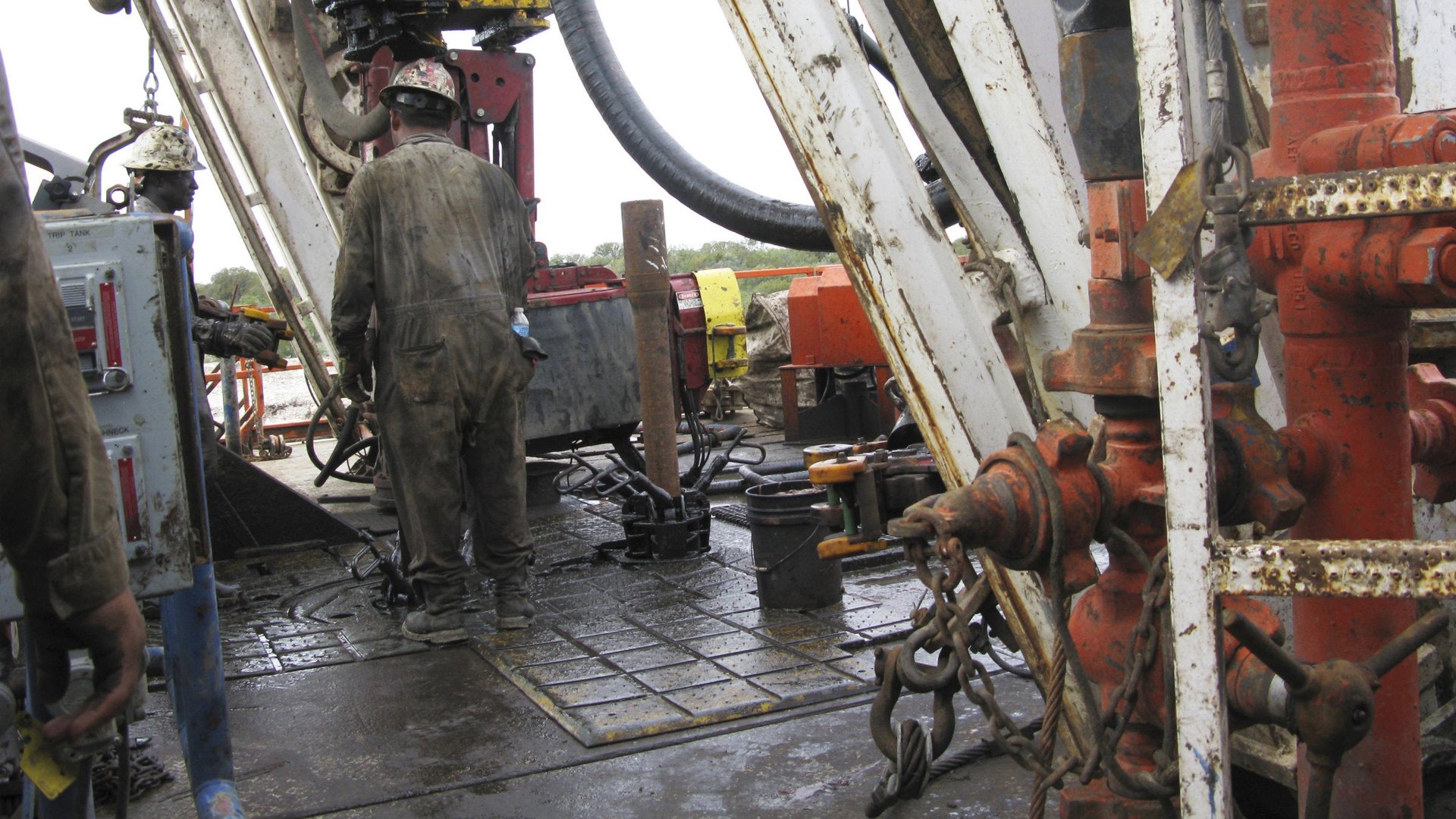This Wall Street bull says the US energy boom could go on for decades
The most prominent oil bull on Wall Street says the US government seriously underestimates the continuing rise in American oil production. Citi’s Edward Morse, who defied the tide to correctly call the 2008-2009 oil price crash, says that the US Energy Information Administration (EIA)—while boosting its previous projection for US oil production—is still far off the mark.


The most prominent oil bull on Wall Street says the US government seriously underestimates the continuing rise in American oil production. Citi’s Edward Morse, who defied the tide to correctly call the 2008-2009 oil price crash, says that the US Energy Information Administration (EIA)—while boosting its previous projection for US oil production—is still far off the mark.
In a succession of reports, the ultra-cautious EIA has significantly raised its estimate of US oil production, led by shale oil drilling. By 2019, the EIA said last month, the US will be producing 9.6 million barrels of oil a day, 22% higher than the estimate it issued last year at this time. After that, US production will start a slow decline (chart), but that will only mean going back to last year’s impressive 7.5 million barrels a day by 2038 or 2039, the agency estimates.
Morse told Quartz that the new EIA estimates are “nonsense.” US production will continue to rise through 2022 “and stay there for 30 years,” he said.
His remarks are important because if the EIA and other Wall Street analysts are correct, the US production boom will be ephemeral and the euphoria over an energy-led US economic boom relatively short-lived. But if Morse has it right, the US boom will go on for four decades. Who is right also has global ramifications: US production has already forced down global oil prices, thus undermining the petroleum-led economies of OPEC and Russia, and the question is how long the US will continue to exercise this influence.
The vastly differing opinions stem from disagreements over how to allow for high production decline rates in shale oil fields. The bears note that production plummets in the first year, thus requiring constant new drilling. Morse argues that oil companies are getting better and better at hydraulic fracturing, the method used to drill in shale, and hence the worries about current decline rates are exaggerated.